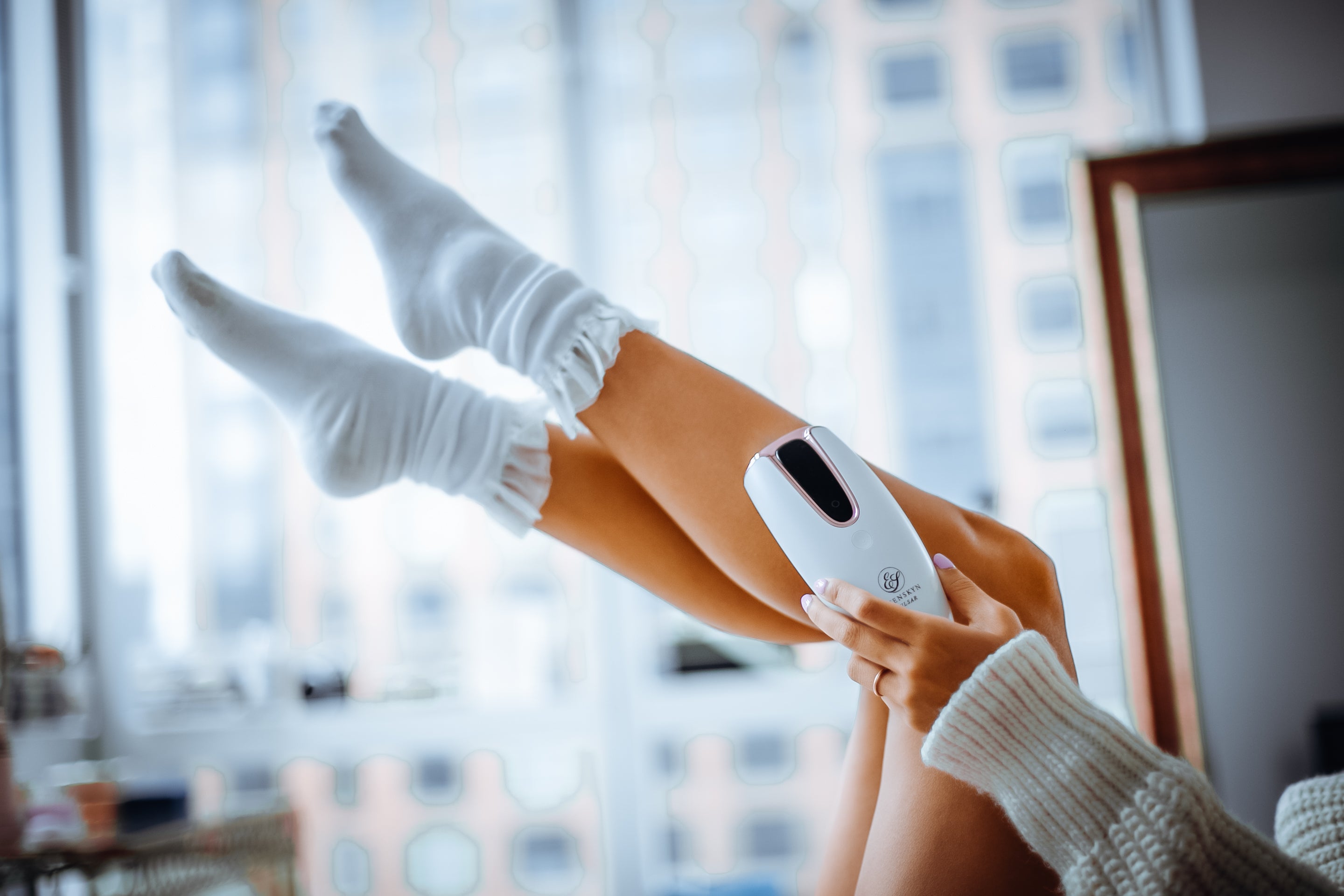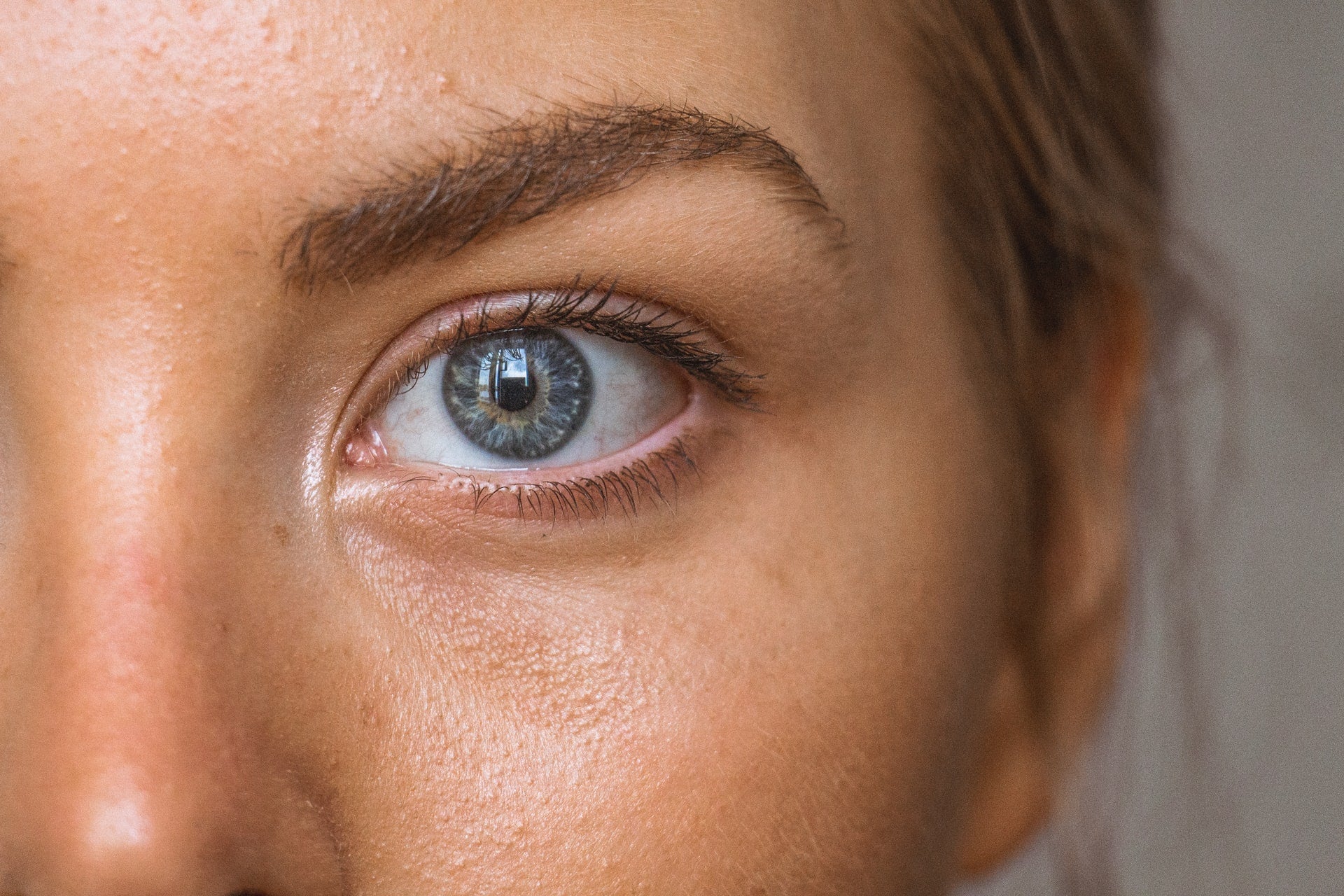Medically Reviewed by Dr. Lisa Hartford, MD
By Shannon Campbell.
If you’ve heard of photo LED therapy, then you probably know that it’s used as an advanced skincare treatment that is becoming more and more popular. It is being introduced in medical spas, beauty clinics, and salons everywhere.
It has been effectively used to combat many skin disorders and afflictions and is most popular for its ability to rejuvenate skin and lessen signs of aging. But how can photo LED therapy be used to alleviate some of the most common and disliked skin afflictions in the world? Let’s take a look.
What Is Photo LED Therapy?
Photo LED therapy or LED light therapy, is a subset of photodynamic therapy. While photodynamic therapy is used to treat cancer and other more serious conditions, photo LED therapy is a far more gentle treatment mostly used to alleviate cosmetic issues.
This treatment exposes skin to varying wavelengths and spectrums of LED light, where it is absorbed and used to trigger intracellular reactions in the targeted areas. These reactions are 100% natural and biological and are the same reactions that propel the skin rejuvenation and repair that this treatment is so famous for.
How Can It Rejuvenate Skin & Lessen Signs of Aging?
A variety of LED wavelengths are used during this treatment, particularly blue and red light. When it comes to skin rejuvenation and anti-aging, red light is key.
Studies have shown that red light is the right wavelength needed to penetrate the dermis (lower layers of skin) and target fibroblast cells, the cells that are responsible for producing collagen and elastin. Red light is able to trigger metabolic activity in these cells, which in turn stimulates the production of these two incredibly important proteins.
And why are they so important? Well, collagen and elastin are the two most important proteins in maintaining the structure of your skin, collagen in particular. When you’re younger, your cells are regularly producing collagen and elastin that keep your skin smooth and tight, and generally younger-looking. As you age, your body’s collagen production slows, which leads to wrinkles, fine lines, sagging skin, and other aging-related skin issues.
It has been proven that increased collagen and elastin can help to repair and remodel your skin. In the same way that your skin heals a wound with new skin cells that look smoother and newer, collagen and elastin can do the same to aging skin. They make your skin tighter, smoother, and more elastic. Essentially, the reaction of the fibroblast cells to red light exposure will rejuvenate your skin through collagen and elastin stimulus, and eventually reduce the appearance of wrinkles, fine lines, and sagging.
This is one of the major reasons that photo LED therapy has become so popular over the years, though it does not include the benefits of red light and blue light on acne, bacteria in your pores that lead to breakouts, psoriasis, hyperpigmentation, and other skin issues that can be treated with this procedure.
But either way, photo LED therapy is a tried and true testament to tighter, younger, and rejuvenated skin. It’s an excellent option to consider if you have a clinic or medical spa that offers photo LED therapy sessions near you. And if you don’t, you may want to consider purchasing an at-home handset with anti-aging photo LED therapy features. For example, the EvenSkyn® Lumo, which uses a combination of light therapy, radiofrequency, and microcurrent firming to effectively reverse signs of aging.
References:
- https://www.medicalnewstoday.com/articles/led-light-therapy#_noHeaderPrefixedContent
- https://www.byrdie.com/light-therapy-treatments
- https://www.healthline.com/nutrition/collagen









Leave a comment
All comments are moderated before being published.
This site is protected by hCaptcha and the hCaptcha Privacy Policy and Terms of Service apply.